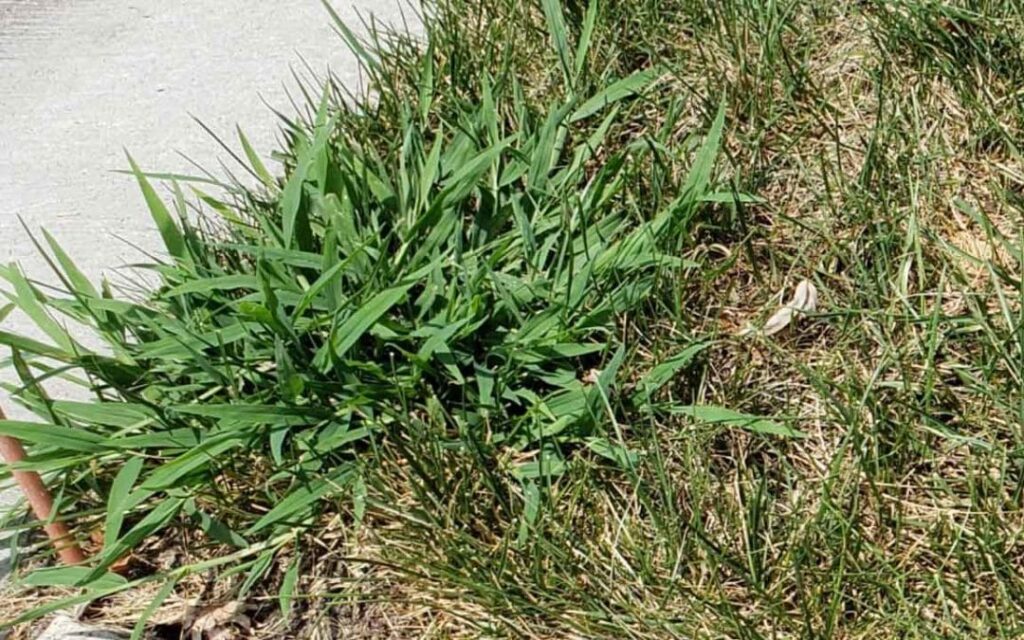Weeds
Weeds compete with crops and other plants for resources including water, nutrients, and sunlight. Common weeds in Georgia include crabgrass, chickweed, pigweed, henbit, nutsedge, and kudzu.

Resources
Weeds
Georgia Pest Management Handbook. University of Georgia Extension Special Bulletin 48-11, p. 133-139
2024

Georgia Pest Management Handbook. University of Georgia Extension Special Bulletin 48-10, p. 107-113
2024

Georgia Pest Management Handbook. University of Georgia Extension Special Bulletin 48-12, p. 157-160
2024





